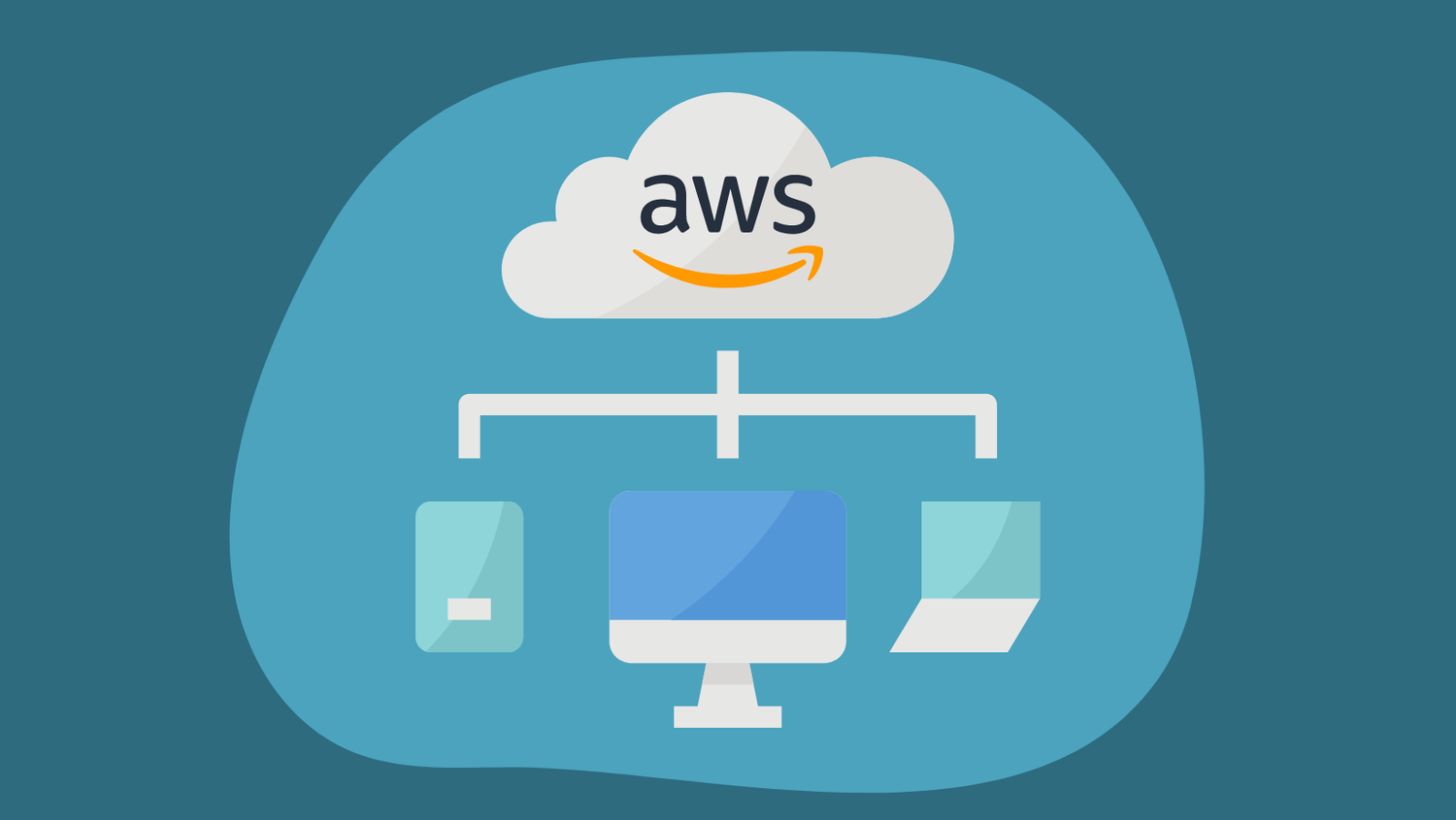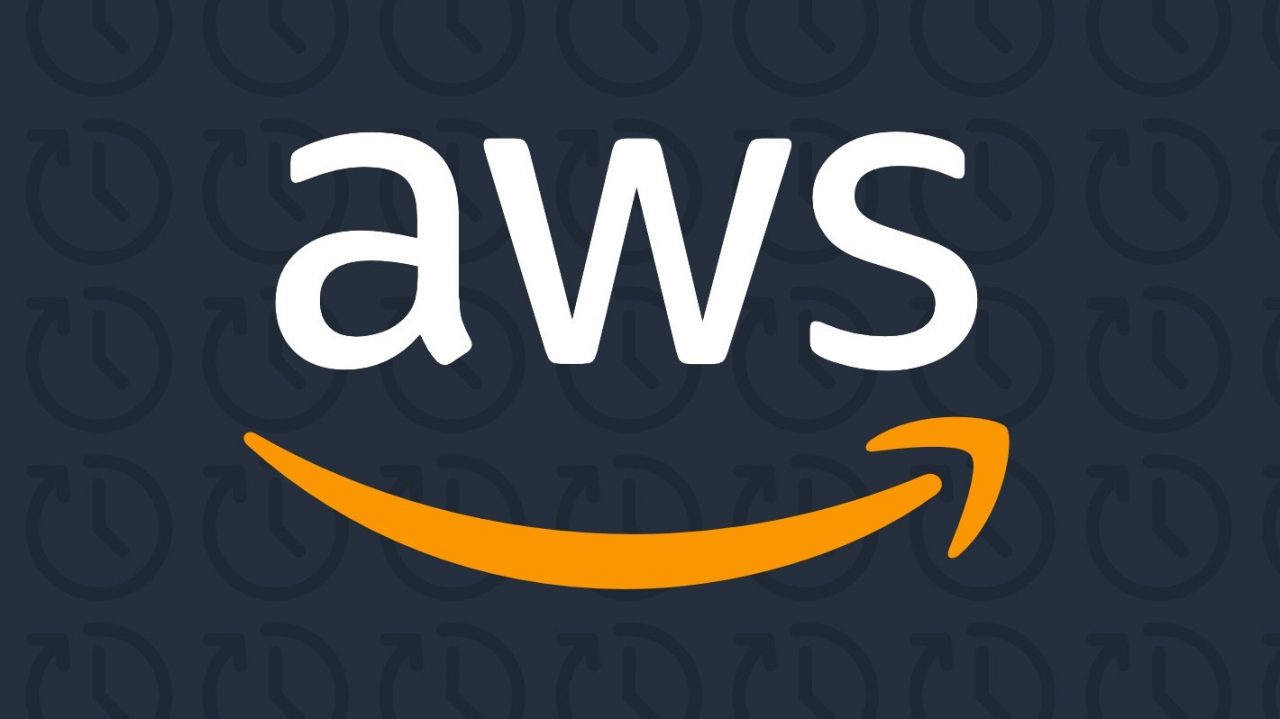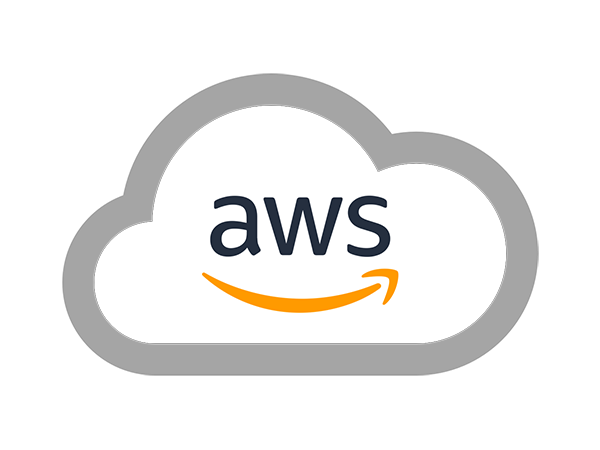Connecting devices from far away, setting up secure networks, and getting access to your digital spaces without much trouble can seem like a big job, yet it's almost something many people look for today. People want to manage things from anywhere, keep their information safe, and make sure their systems are easy to reach. This means looking at ways to bring together different tools and services that can help with remote operations, private connections, and getting into servers. You might be wondering about ways to get started with this kind of work, perhaps even finding options that won't cost you anything upfront, which is actually quite common for those just beginning their exploration.
So, when we think about what a platform like Amazon Web Services, or AWS, offers, it really gives you a lot of ways to build and connect. My text talks about how AWS is a very complete cloud computing platform. It has many different kinds of services, including things for computing, storing information, setting up networks, and managing data. This extensive collection of tools, as a matter of fact, helps people bring their ideas to life, whether they are just starting out or already have some experience with building digital systems. It's all about giving you the building blocks you need to make your projects happen.
Learning how to use these tools can seem like a lot, but AWS provides many helpful resources to get you going. For instance, my text mentions that there are ways to learn the basics and begin building your very first application. You can also find good ideas for how to launch something new and get to know the AWS management console, which is like the control panel for all your services. There are even free digital trainings available, more or less over 600 of them, which means you can pick up skills without spending any money. This makes it easier for anyone, whether you are changing your career or just want to grow your current abilities, to get comfortable with cloud technology.
- Wwwmaal49com
- Ms Sethi Only Fan
- Ms Shethi Onlyfans
- Best Remoteiot Device Platform
- Remoteiot Visualize Data Free
Table of Contents
- What Can AWS Do For Your Remote Devices?
- How Does AWS Help with Private Network Setups?
- Making Connections with SSH and AWS
- Getting Started Without Spending Much
- Is It Easy to Learn AWS for Everyone?
- Why Choose AWS for Your Digital Needs?
- Exploring the Many Ways AWS Can Be Used
- A Look at What AWS Offers
What Can AWS Do For Your Remote Devices?
When you think about managing things from far away, like sensors or other small pieces of equipment, you need a way to keep track of them and send them instructions. This is where the idea of "remoteiot" comes into play. AWS has many application services that can help with this kind of work. For example, you can gather data from these devices, process it, and even tell them what to do next, all without being physically close to them. It’s pretty useful, especially for businesses that have equipment spread out over a large area. My text points out that AWS has over 200 products and services, and some of these are certainly designed to help with these kinds of remote operations, allowing you to build systems that collect information and respond to it, which is actually a core part of what remote device management involves.
The ability to connect and manage these devices relies a lot on good communication and data handling. AWS offers various ways to store information that comes from your remote devices, whether it's a little bit or a lot. You can also use their computing power to make sense of that data. This means you can build systems that are quite smart, perhaps even learning from the data they collect. This is where the "remoteiot" aspect really shines, as it lets you create a connected environment where devices can share information and be controlled from a central point, which can be pretty convenient. So, in a way, AWS gives you the tools to make your far-off devices act like they're right next to you.
How Does AWS Help with Private Network Setups?
Setting up a secure and private network in the cloud is a big deal for many people, especially when you're dealing with sensitive information or trying to connect your remote devices safely. This is where the concept of a "VPC," or Virtual Private Cloud, becomes very important. It's like having your own dedicated section of the internet within AWS, where you control who gets in and out. My text mentions that AWS includes services for networking, and this is exactly what a VPC provides. You can define your own IP address ranges, set up subnets, and configure network gateways, which means you have a lot of say over how your digital space is organized and protected. It's basically your own little corner of the cloud, isolated from others, which is very helpful for security.
- Remoteiot Platform Ssh Key Raspberry Pi Free
- Best Remoteiot Ssh Free
- Onlyfans Ms Sethi
- Raspberry Pi Vnc Behind Router Tutorial
- Remote Iot Platform Ssh Download Raspberry Pi Without
Within your VPC, you can launch your computing instances and other services, knowing that they are running in a network that you've specifically configured for your needs. This gives you a really good level of control over your network environment. For instance, you can set up rules about which traffic is allowed in and out, making sure that only authorized connections can reach your remoteiot devices or other systems. This kind of network isolation is pretty much a fundamental part of keeping your cloud resources safe and sound. So, when you think about securing your remote connections, a VPC is a rather key part of that setup, giving you a private and controlled space for your operations.
Making Connections with SSH and AWS
Once you have your remote devices and your private network set up, you'll need a way to actually get into your servers and manage them from a distance. This is where "SSH," or Secure Shell, comes in handy. SSH provides a secure way to connect to a remote computer, letting you run commands and transfer files safely. My text talks about how AWS offers various compute instances, which are like virtual computers you can use. You can access these instances using SSH, which means you can manage your servers, deploy applications, or even troubleshoot issues from anywhere, as long as you have an internet connection and the right credentials. It's a very common and secure method for remote access, and it works quite well with AWS's offerings.
Using SSH with your AWS resources, especially those within your VPC, gives you a powerful way to maintain control over your digital infrastructure. You can, for example, connect to an instance running an application that's communicating with your remoteiot devices, and check its status or make changes. This kind of direct access is pretty much essential for anyone managing cloud-based systems. It allows for a straightforward and protected line of communication between your local machine and your cloud servers, which is actually a big part of why so many people use it. So, in a way, SSH is the secure bridge that lets you reach out and manage your AWS environment from wherever you are.
Getting Started Without Spending Much
One of the best things about exploring new technologies, especially something as extensive as AWS, is finding ways to try things out without a big financial commitment. This is where the idea of "download free" or "free tier" services becomes really appealing. My text mentions that you can browse over 100 offerings for AWS Free Tier services, which is a significant number. This means you can experiment with many different services, like computing power, storage, and databases, for a certain amount of time or up to a certain usage limit, without paying anything. It's a fantastic way to learn the ropes, build small projects, or just get a feel for how AWS works before you decide to invest more seriously.
Beyond the Free Tier, AWS also provides a lot of free learning resources. My text specifically points out the 600+ free digital trainings available through AWS Skill Builder. This is pretty much like getting free lessons from the experts who built the platform. You can learn practical skills, techniques, and concepts, which means you can really build your future in the AWS cloud without having to pay for expensive courses. This commitment to free learning and free access to basic services makes it much easier for individuals and small teams to get started with remoteiot projects, set up VPCs, and use SSH for management, all while keeping costs down. So, in a way, getting started with AWS can be surprisingly affordable, or even free, to begin with.
Is It Easy to Learn AWS for Everyone?
Many people wonder if learning something as comprehensive as AWS is something they can actually do, especially if they are just starting out. My text makes it clear that this AWS tutorial, for example, is "designed for beginners and professionals to learn AWS's basic and advanced concepts." This means that whether you're completely new to cloud computing or you already have some experience and just want to add AWS skills, there are resources for you. The learning materials cover everything from the very basic ideas of cloud computing to more complex topics, so you can gradually build your knowledge. It's not about being an expert from day one; it's about having the right materials to guide you.
The goal is to help you build your future in the AWS cloud, and the training programs are built by the experts at AWS themselves. This means you're learning directly from the source, which is usually a good thing. Whether you're looking to change your career path and move into cloud roles, or you already have some IT experience and want to develop specialized AWS cloud skills, the free digital trainings are there to help. So, in some respects, AWS has made a real effort to make its platform accessible for learning, providing clear paths for people at different skill levels to pick up what they need to know. It’s pretty much about meeting you where you are and helping you get to where you want to be.
Why Choose AWS for Your Digital Needs?
When you're picking a cloud provider for your projects, especially for things like remote device management, private networks, and secure access, having choices and flexibility is really important. My text says that AWS gives you "greatest choice and flexibility to meet your specific needs so you can choose the right tool for the job." This means you're not locked into one way of doing things. You can pick the specific compute instances, storage classes, and database types that make the most sense for your project, whether it's a small remoteiot setup or a large-scale system that needs a lot of processing power. This ability to pick and choose helps you build exactly what you need, without paying for things you don't.
This flexibility also extends to how you manage costs and performance. AWS offers a wide range of options that are built to give you the best cost performance. For example, my text mentions that they offer the "best price performance for machine learning training, as well as the lowest cost per inference instances in the cloud." This is pretty significant if you're working with data from remote devices and need to do a lot of analysis. It means you can get powerful services that are also very efficient with your budget. So, in a way, AWS tries to give you the freedom to build your systems effectively, both in terms of what they can do and how much they cost, which is a rather important consideration for any project.
Exploring the Many Ways AWS Can Be Used
AWS isn't just for big companies; it's a platform that many different kinds of people and organizations can use for a lot of different purposes. My text mentions that AWS is a "comprehensive cloud computing platform," which means it has a very broad set of capabilities. You can use it for simple websites, complex data analysis, or even for specialized tasks like high-performance computing (HPC) or machine learning (ML). This wide range of services means that whatever your project might be, whether it involves connecting remote devices, setting up secure networks, or just storing a lot of information, AWS likely has a service that can help you achieve your goals. It’s pretty much a versatile toolkit for digital projects.
The fact that AWS is constantly adding to its offerings and improving existing ones means that it stays relevant for many different kinds of applications. The American Welding Society (AWS), for instance, uses the name to talk about their work in advancing science and technology in welding, which is a very different field, but it shows how broad the concept of "advancing technology" can be. For the cloud platform, it means that as new needs arise, like more advanced remote device management or even more secure ways to access systems, AWS is typically evolving to meet those demands. So, in a way, it’s a platform that can grow with your ideas, providing the tools you need as your projects become more complex or expand in scope.
A Look at What AWS Offers
To put it simply, AWS is a collection of tools and services that helps you build and manage digital things in the cloud. My text points out that as of 2021, AWS has over 200 products and services. These include fundamental things like computing power, places to store your data, and ways to connect networks. But they also include more advanced capabilities like databases, tools for looking at data, and services for deploying and managing applications. This means that whether you're trying to set up a small system for a few remote devices, create a private network for your business, or securely access your servers from anywhere, AWS has options for you. It's basically a very complete set of digital building blocks.
The organization behind AWS is dedicated to helping people use technology to solve problems. This includes everything from the very basic principles of cloud computing to more advanced ideas. They want to make it easy for people to get started, offering ways to learn the fundamentals and even launch your first application. They also provide best practices to guide you, which is pretty helpful. All of this means that AWS is set up to support a wide range of users and projects, giving you the choice and flexibility you need to build what you want, whether it’s a simple website or a complex system that manages many remote devices, which is actually quite a lot of different things to consider.
- Logan Land Lawsuit
- Mssethi Onlyfan
- Hikaru Nagi Wikipedia
- Best Remoteiot Platform Free
- Kim Kardashian Sex


